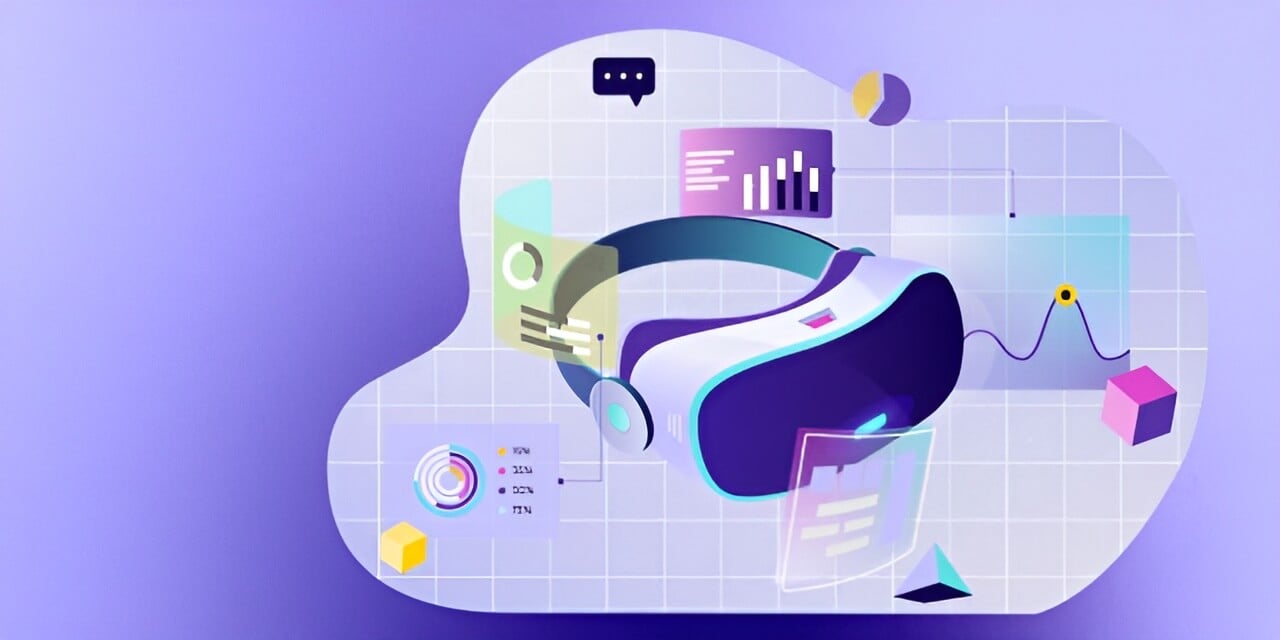High school students aren’t waiting for graduation to get a head start on college, and school districts aren’t waiting to rethink how they deliver it. Dual enrollment, once a niche offering, has become a cornerstone of college and career readiness strategies. And the data backs it up: Dual enrollment improves college enrollment and completion rates while helping close equity gaps for low-income students and students of color.
But as interest surges, many districts are hitting roadblocks. Scaling these programs isn’t easy. Behind the scenes, administrators face logistical hurdles, teacher credentialing challenges and concerns about maintaining instructional quality.
Why Scaling Dual Enrollment Isn’t Always Simple
While traditional higher education enrollment is declining, dual enrollment is on the rise. Nearly 2.5 million high school students are now taking college courses through dual enrollment, with 1.8 million enrolled at community colleges. These students comprise over 20 percent of total community college enrollment — a much larger share than previously estimated. This growth is driven by rising college costs, the demand for more career-relevant education and a desire to give students a head start.
Yet despite growing enthusiasm, many dual enrollment models remain difficult to scale. A common approach involves having high school teachers credentialed to teach college-level courses through local institutions. This method relies on a limited pool of qualified teachers and creates a complex web of administrative responsibilities between K-12 districts and higher ed partners.
A recent Pearson survey of 200 dual enrollment decision-makers confirmed what we’ve heard from educators nationwide: Demand is growing, but real barriers persist. Schools want to expand dual enrollment but are limited by the availability of credentialed teachers, the complexity of managing partnerships and doubts about whether online options can match the quality of in-person instruction.
As one respondent shared, “Managing the relationship with the college, getting instructors approved, tracking student performance, it’s a lot.” Another added, “Scheduling, staffing and partnerships — those are our biggest hurdles.” Despite the obstacles, leaders remain eager to innovate, but not at the expense of rigor, student relationships or support. “It needs to be streamlined and professional,” one decision-maker emphasized.
A New Path Forward: Reimagining Scale and Support in Dual Enrollment
If dual enrollment is to truly serve as a scalable, equitable path to college and career readiness, it requires rethinking not just the content but also the infrastructure that supports it.
School leaders have made it clear: They want models that preserve instructional quality, reduce administrative burden and provide robust student support — especially for learners taking their first college course.
This calls for fresh approaches that balance flexibility with structure, scale with support and rigor with relevance. That could mean new types of partnerships, innovative delivery formats or solutions that reduce reliance on credentialed staff while still meeting college-level expectations.
Part of that rethinking includes how we understand the role of state policy. States have increasingly stepped in, not just as regulators, but as key partners, offering incentives, providing funding and sometimes mandating programmatic support. These efforts signal a broader commitment to solving the scale challenge systemically, not just locally.
Through our research and conversations with hundreds of stakeholders, we’ve seen the impact that can be made when schools are empowered with flexible options that remove common roadblocks — whether by simplifying implementation, providing wraparound student support or ensuring consistency across districts.
Emerging Solutions: Virtual and Asynchronous Models
One promising direction gaining traction is the use of virtual, asynchronous course models that expand access without compromising quality. These approaches can help alleviate the strain on credentialed faculty, promote consistency across districts and offer students the flexibility to balance school, work and other commitments.
For example, schools can now offer dual enrollment courses built on established, college-level curricula and supported by dedicated success coaches. This helps students stay on track and feel supported throughout their journey, addressing a key concern among educators: supporting students as they navigate their first college experience.
Pearson’s dual enrollment model is one such example. Developed in collaboration with higher education partners, it streamlines implementation while offering students affordable, transferable college credit through engaging, asynchronous courses, backed by expert instruction and personalized coaching. This approach shows how innovation can scale dual enrollment while staying true to what matters most: students.
Ultimately, the evolution of dual enrollment will depend on solutions that are scalable, supported and student-centered — approaches that allow educators to focus less on logistics and more on learning. As districts look ahead, models that combine flexibility, rigor and robust student support will play a key role in expanding access and equity in college and career readiness.
Ready to bring scalable, student-centered dual enrollment to your district? Connect with us today to explore how Pearson can support your goals.








